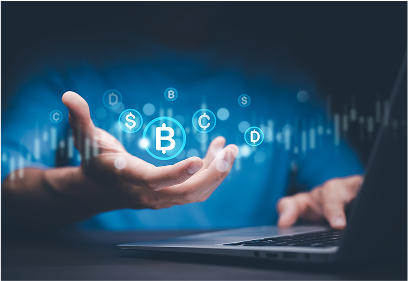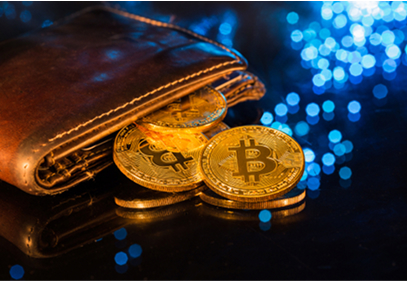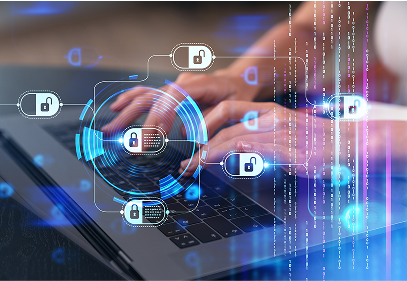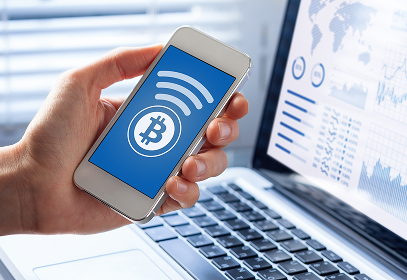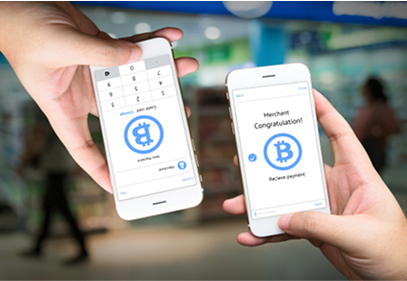Summary:
A Lightning address is like an email address for receiving Bitcoin over the Lightning Network. You can get one through supported wallets or services.
Details:
Several Lightning wallets and custodial services (such as Alby, Wallet of Satoshi, or Zebedee) offer Lightning addresses formatted like [email protected]. These make sending you bitcoin fast and easy—ideal for tipping, digital content, or recurring income.
After registering and choosing a username, the address can be shared publicly. Behind the scenes, it automatically creates new Lightning invoices for each incoming payment.
Key Features:
- Simple, reusable identifiers (e.g., [email protected]).
- Automatically handles invoice creation and routing.
- Great for social media, websites, and streaming money.
- Custodial and non-custodial options exist.
- Most effective for receiving small, frequent payments instantly.
